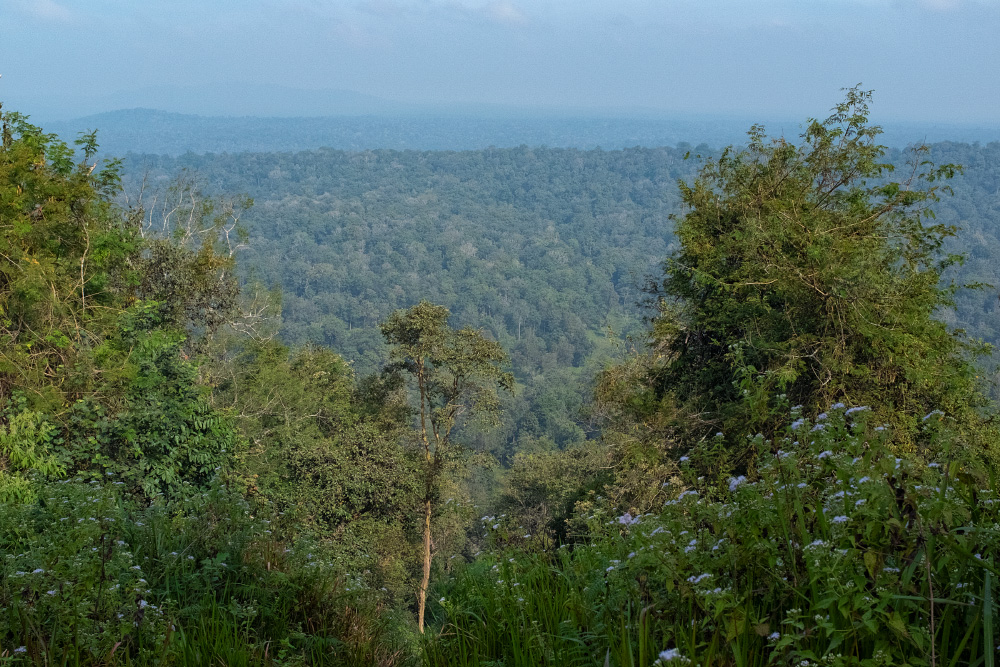
Here is a short primer on Protected Areas in India.
What is a Protected Area (PA)?
PAs in India comprise National Parks, Sanctuaries, Conservation / Community Reserves and Tiger Reserves. It does not include Reserved Forests.
Protected Area (PA) has been defined in the Wildlife (Protection) Act, 1972 (WLPA). Section 2(24A) says: “Protected Area” means a National Park, Sanctuary, Conservation / Community Reserve. These are notified under Chapter IV of the WLPA titled “Protected Areas”.
A Tiger Reserve on the other hand is notified under Chapter IV B of the WLPA titled “National Tiger Conservation Authority”. Since, all notified Core or Critical Tiger Habitats of Tiger Reserves are either Sanctuaries or National Parks with tiger populations they get considered as PAs. This is as mandated by the Explanatory clause in Section 38V(4)(i) on Core or Critical Tiger Habitats. However, it must be clarified that Buffer or Peripheral Areas notified under Section 38V(4)(ii) typically contain Reserved Forests which are not included in Sanctuaries or National Parks and hence they will not have the status of a PA.
What percentage of India do PAs cover?
There are 870 notified PAs covering an area of 1,65,158.54 sq km or 5.02% of India’s land area.
The geographical area of India is 32,87,263 sq km. Within it are:
870 notified PAs (as on Sept 2019) covering an area of 1,65,158.54 sq km or 5.02% of India’s land area. The break-ups are as follows:
- 104 National Parks: Area – 40,501.13 sq km or 1.23%
- 551 Sanctuaries: Area – 1,19,775.80 sq km or 3.64%
So, 655 National Parks and Sanctuaries comprising an area of 1,60,276.93 sq km or 4.87% of India’s geographical area. In addition there are:
- 88 Conservation Reserves: Area – 4356.49 sq km or 0.13%
- 127 Community Reserves: Area – 525.22 sq km or 0.02%
How do Reserved Forests (RFs) feature in the PA network?
Reserved Forests (RFs) are areas notified under the Indian Forest Act, 1927. There is another category called as State Forests (SFs) which are areas notified under State Forest Acts. Both these categories have the same legal status. The total area of RFs is 4,42,276 sq km or 13.45% of India’s land area. Typically, two or more contiguous Reserved or State Forests are amalgamated and notified as either a Sanctuary or National Park. Even a single RF can be notified. Only those RFs/SFs, which form part of a Sanctuary or National Park will be legally part of a Protected Area.
If the State Government decides to constitute a Sanctuary comprising of notified RFs only, then a final notification under Section 26A can be directly issued without going through the process of a preliminary notification under Section 18 and the settlement procedure prescribed under Section 19 to 26 of the WLPA. However, in such cases, the various rights admitted in the RF/SF will continue even after the Sanctuary notification.
There are three differences between a National Park and Sanctuary –(i) In a Sanctuary, the Collector in consultation with the Chief Wildlife Warden can allow the continuation of certain rights under Section 24(2) (c). However, the WLPA does not allow any rights in National Parks; (ii) the right to graze cattle in a certain portion of the RF/SF may be permitted in a Sanctuary. However, in a National Park, there is a complete prohibition on grazing by livestock under Section 35(7); and (iii) A Sanctuary may be ungraded as a National Park under Section 35(1) but there is no provision to downgrade a National Park to a Sanctuary.
Conservation Reserves comprise areas that are Government Lands (not RFs) which could link one PA with another or be standalone. Community Reserves can only include private lands owned by an individual or community lands. In both cases, Community Reserves can be notified only when the community or land owner volunteers to conserve wildlife.
What is the difference between Forest Cover, Recorded Forest Area and Green Wash Area?
These are terms defined in the Indian State of the Forest Report (ISFR).
- The term ‘Forest Cover’ includes “all lands more than one hectare in area with a tree canopy of more than 10%, irrespective of land use, ownership and legal status”.
- ‘Recorded Forest Area’ is defined as those areas which are legally notified forests.
- ‘Green Wash Area’ is defined as those areas shown by green color on Survey of India toposheets or maps. They represent forested areas at the time of survey. However, this data may not reveal the actual status of forests on-the-ground.
List of PAs state wise
For a complete state wise list of Protected Areas in India visit ENVIS Centre on Wildlife & Protected Areas.

 CI is a non-profit, non-commercial portal that aims to facilitate wildlife and nature conservation by providing reliable information and the tools needed to campaign effectively.
CI is a non-profit, non-commercial portal that aims to facilitate wildlife and nature conservation by providing reliable information and the tools needed to campaign effectively.